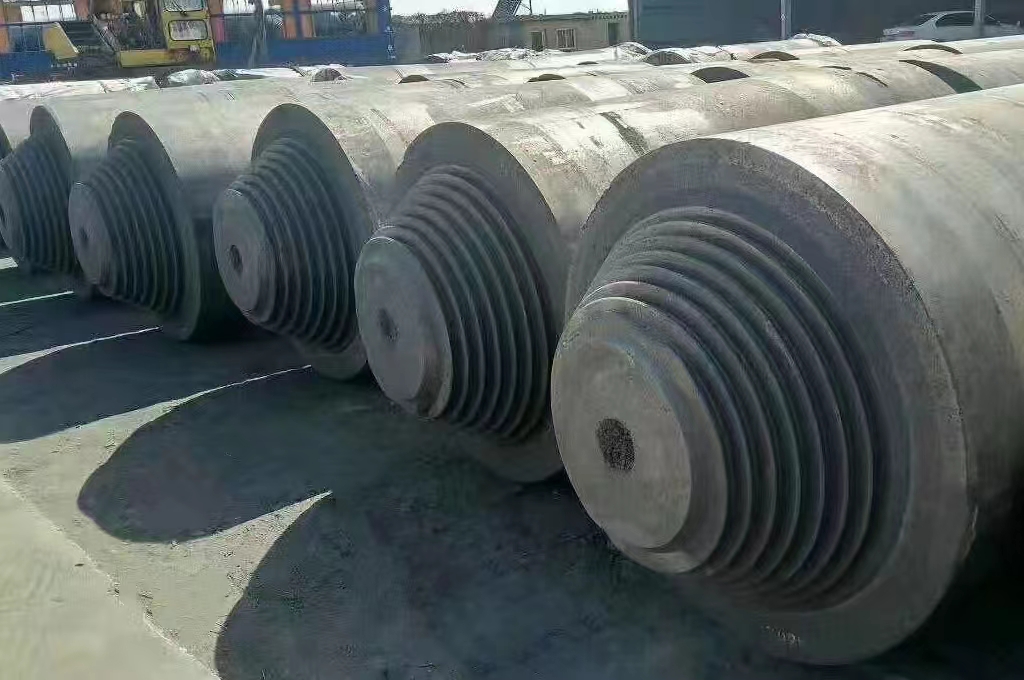Manufacturing:
The preparation method of carbon electrodes mainly includes the steps of batching, molding, roasting, and mechanical processing.
Table of Contents
ToggleBatching: The main raw materials include electric calcined anthracite, petroleum coke, graphite fragments, coal tar pitch, etc. These raw materials are mixed in a certain proportion to prepare the required carbonaceous conductive material.
Molding: The mixed raw materials are subjected to a molding process to form the required shape.
Roasting: The formed material is roasted to solidify the shape and improve the conductive properties of the material.
Machining: The roasted material is mechanically processed, such as cutting and grinding, to meet specific size and shape requirements.
The main difference between graphite electrode and carbon electrode
Composition and preparation process:
The main component of graphite electrode is graphite. Its preparation process includes making raw materials (such as petroleum coke and asphalt coke) into electrode blanks, and then putting them into a graphitization resistance furnace at a temperature of 2000~2500℃ for graphitization.
Carbon electrode is made of low-ash anthracite, metallurgical coke, asphalt coke and petroleum coke as raw materials, adding binders (such as asphalt and tar), stirring evenly at an appropriate temperature, pressing and forming, and finally slowly baking in a roasting furnace. Its preparation process is more complicated than that of graphite electrode, requiring high-temperature baking, high-pressure molding and other processes.
Resistivity:
The resistivity of carbon electrode is higher than that of graphite electrode, which means that carbon electrode is not as good as graphite electrode in terms of conductivity. This is also an important difference between the two in terms of use. The resistivity of graphite electrode is generally 6μΩ.m, and the resistivity of carbon electrode is generally 11μΩ.m.
Diameter:
The maximum diameter of graphite electrode can reach 750mm, while the diameter of carbon electrode is much larger, 960-1400mm.
Application:
Due to its excellent conductivity and chemical stability, graphite electrode is widely used in electric arc furnace steelmaking industry, non-ferrous metal smelting and other fields. Carbon electrode, due to its higher resistivity, is mainly used in some small and medium-sized electric arc furnaces with low conductivity requirements, smelting yellow phosphorus, ferroalloys, etc.
In summary
Make the carbon electrode including the steps of batching, molding, roasting, and mechanical processing. The main differences between graphite electrode and carbon electrode are their composition, preparation process, resistivity and use. Graphite electrode is more common and important in many industrial applications due to its high purity and excellent conductivity.

